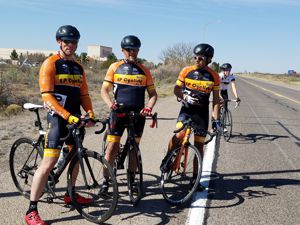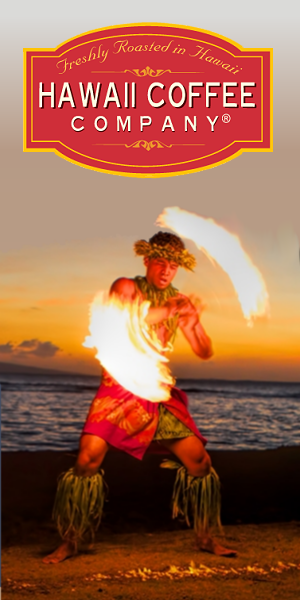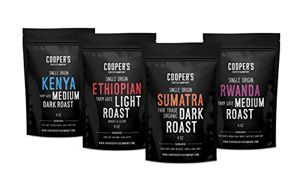
Nutritional challenges of a one-day race differ wildly from those of a three-week Grand Tour. Sports athletes need to do it again good performances every single day, maintain weight, and recover over night. The fueling plan must cover not only enough time allocated to the bicycle but also off it. It’s not merely about the quantity of carbs any longer; there’s a lot more to consider. Let’s take a look at a number of important lessons from Tour De France rivals that every bicycling enthusiast can reap the benefits of.
Develop your fueling strategy prior to the race
Training is not merely for building endurance, technique, and power, also for figuring out nourishment. Uncover what works for you and don’t make any changes near to competition day. Pro groups ensure that you tweak their techniques during off-season; there are forget about experiments or key weapons being revealed on competition day.
Well-balanced diet is crucial
Biking nutrition used to be about binging on breads and pasta, but days past are over. There's been a major change when the “no fine needles” guideline was released. It intended that riders could no more get vitamin shots during races. Because of this, a well-balanced diet made up of nutritional dense foods is crucial for each pro cyclist.
Start with a huge breakfast
Plenty of slow and fast carbs, quality protein and espresso; take in as much calorie consumption as your digestive function can comfortably deal with. Breakfast is the most crucial food you consume in your day, and will straight impact your dietary needs when using. The greater you consume each day, the less you have to consume on the bicycle.
90g of carbs each hour
Around 90 grams of sugars per hour, or around 360 calorie consumption, is the utmost our anatomies can absorb. More just rests there and will more damage than good. That’s why we ought to eat by clock when race; it’s extremely difficult to capture up if you fall behind, so don’t underestimate it. Additionally it is wise to proceed through food during flat elements of the trip and save gels or liquid calorie consumption for steeper, higher strength sections.
500 to 1000ml of fluid each hour
How much drinking water you need depends upon the weather, the space of your trip, your perspiration rate, and a great many other factors. It’s challenging to calculate the precise amount of liquids even for benefits, but there’s a larger problem as it pertains to hydration: when the heading gets hard, riders stop taking in altogether. So, first and most important, figure out how to keep taking in no real matter what.
No alcohol
If you’re approaching on your big competition of the growing season, it could be time to stay away from alcohol. That’s the actual BMC benefits do, anyhow. “No alcohol through the Tour, or even through the weeks before,” says Judith Haudum, nutritionist for BMC. “Maybe if you earn a stage or have the yellowish jersey, you could have a cup at supper.”
More Articles:
Tampa Bay Buccaneers News and Gear




